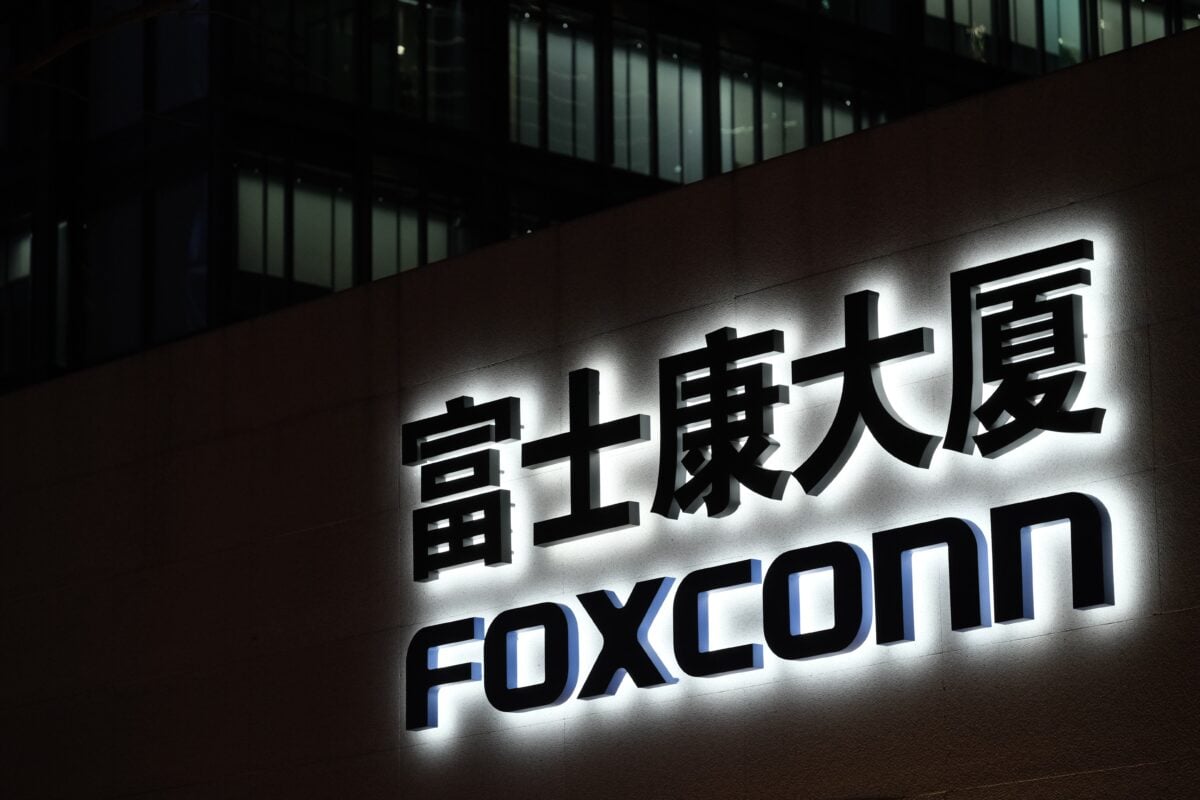TLDRs;
- SoftBank and Foxconn are repurposing an Ohio EV plant into a data center equipment hub for the Stargate AI project.
- The $375 million site sale led to a joint venture aimed at building infrastructure for hyperscale AI data centers.
- Ohio’s booming data center market offers opportunity but faces energy bottlenecks, making early preparation vital for success.
- Stargate’s planned $500 billion investment positions SoftBank and Foxconn at the heart of global AI infrastructure expansion.
SoftBank and Foxconn have joined forces to transform a former electric vehicle (EV) factory in Ohio into a state-of-the-art data center equipment hub, marking a major step in the ambitious Stargate project to expand U.S. artificial intelligence infrastructure.
Foxconn chairman Young Liu confirmed that the Taiwanese electronics manufacturer will partner with Japan’s SoftBank to build equipment for hyperscale data centers at the Lordstown site, which SoftBank recently acquired from Foxconn. The two companies will operate the facility through a new joint venture.
The deal follows Foxconn’s earlier announcement in August of a $375 million sale of the Ohio plant and machinery, though the buyer was not initially revealed. Preparations for the transformation began more than six months ago, highlighting both companies’ long-term planning approach.
Building on long-standing partnership
The collaboration between Foxconn and SoftBank is not new. The two companies first worked together in 2015 on renewable energy projects in India, later expanding their partnership through a $600 million investment in SoftBank’s Singapore-based asset management firm.
That track record has created a foundation of trust that reduces the risks typically associated with large-scale infrastructure projects. For Stargate, this reliability is critical, given its projected $500 billion investment pool involving SoftBank, OpenAI, and Oracle to build next-generation AI infrastructure.
By leveraging years of joint experience, the companies hope to minimize execution risks and deliver results on a timeline that matches the explosive demand for AI computing power.
Why Ohio is the chosen site
Ohio has emerged as one of America’s most competitive hubs for data centers, ranking fourth nationally with 172 facilities already in operation. Global giants such as Amazon Web Services, Microsoft, and Google have collectively pledged billions to expand their presence in the state.
According to Liu, Ohio was selected for three primary reasons: power capacity, available industrial space, and construction timelines. However, the rapid rise of data centers in the region has also created infrastructure bottlenecks.
Utilities such as AEP Ohio have been forced to pause new service agreements as demand outpaces supply, with more than 50 customers requesting over 30,000 megawatts of power. In response, regulators now require data center operators to pay for at least 85% of their subscribed energy capacity, ensuring infrastructure costs are not shifted to other ratepayers.
Positioning for the AI future
The Stargate initiative is one of the most ambitious projects in the AI era, aiming to deliver the hardware backbone for a sector expected to consume unprecedented computing resources.
The decision to repurpose an existing facility rather than build from scratch gives the Foxconn-SoftBank venture a potential time-to-market advantage.
As demand for AI infrastructure grows, early movers who can secure land, energy, and regulatory clearances are likely to dominate. The Ohio hub positions both companies to play a central role in the global AI infrastructure race, while revitalizing a site once earmarked for electric vehicles into a cornerstone of America’s digital economy.


